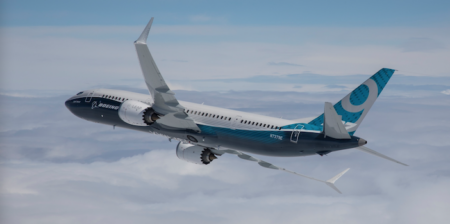‘Finally!’, some would say of Safran’s acquisition of Zodiac Aerospace, and we certainly belong to that category. Following years of maybes, greatly influenced by the Franco-French nature of the business transaction, the inevitable is finally being formalized.
Safran, already a major player in the aerospace & defense market, is now getting closer to gaining the number two position currently held by GE and some ways behind UTC.
What has changed since the previous Safran CEO Jean-Paul Herteman’s aborted first attempt? Two elements are emerging at this stage: the first has to do with the financial aspect of the transaction for Zodiac’s owners. Simply put, more beneficial conditions have been provided to them by the French government. Secondly, and a critical point, the market has changed at many different levels, including competition, demand, technology and supply chain
To begin with, Safran needed Zodiac in order to access the cabin interiors market. This has become a sector experiencing a profound transformation both market & technological over the past five years. In addition, this segment is in the midst of a super-cycle for both forward-fit and retrofit markets. This super-cycle has also stretched the interiors supply chain capacity significantly, and is partly responsible for the difficulties that Zodiac Aerospace has experienced in the past few years.
Furthermore, airlines have also evolved, and interiors, driven by new connectivity and personal device technologies, have reshaped the relationship between passenger and airline. The cabin interior is increasingly important for brand differentiation, and as consequence refresh cycles will accelerate, further driving opportunities for revenue growth. Safran needed access to a revenue stream that could positively dampen the cyclical nature of aircraft production.
The connectivity portion is critical to Safran, and Zodiac brings a mix of full cabin connectivity and interfacing, in addition to the seating element that will enhance its competitiveness against UTC, Honeywell and Rockwell Collins.
Aircraft OEMs are looking at furthering the transformation of their relationships with the supply chain in line with these transformational objectives: interfacing with fewer companies, transferring responsibility to large primes, and supporting competitive advantage with key supplier relationships.
Another significant element is Safran getting access to Zodiac’s services group, which will be important as the company continues to focus its activity in the sector. The Zodiac-Safran merger has appeared somewhat inevitable over the past few years, and it somehow also supports Rockwell Collins’ move to acquire B/E Aerospace. In order to avoid some risk of lower tier marginalization, the rationale of Rockwell Collins’ decision appears even more logical and strategically sound.
The new Safran will be a significantly more diversified organization, with a significantly increased shipset to both aircraft OEMs and airlines, and with new cost efficiencies and access to enhanced services. Additionally, Safran gains access to some of Zodiac’s star companies, such as ECE, Greenpoint and Safety Systems. In all, the acquisition is a very logical and competitively beneficial move.
Michel Merluzeau is an expert in aerospace market research and competitive intelligence at AirInsightResearch. He was formerly vice president of aerospace business development for Frost and Sullivan, and vice president of market analysis for G2 Solutions. Michel is a graduate of the Université de Provence, and is a member of several professional organizations. He can be reached at MMerluzeau@airinsight.com




